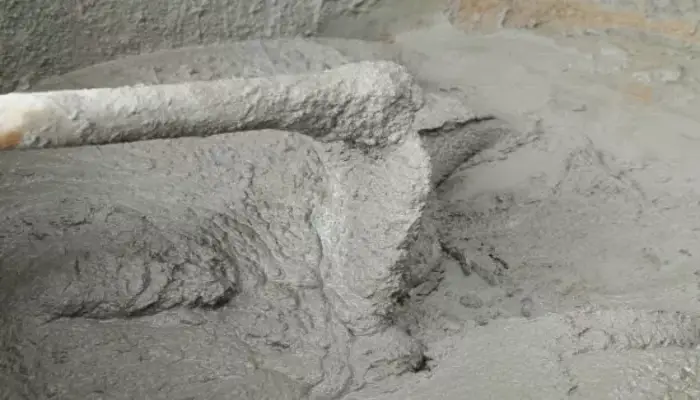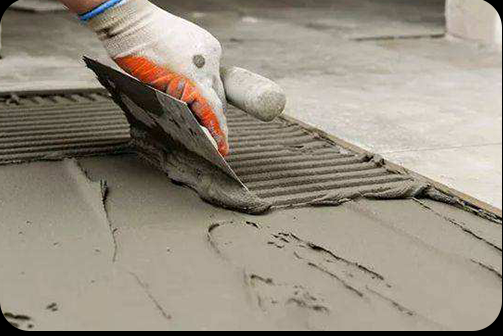Hydroxypropyl methylcellulose (HPMC) has excellent thickening properties and can be used as an excellent anti-dispersion agent for concrete. In the past, this material was a chemical product that was in short supply in the country and its cost was high. Due to various reasons, its use was limited. Application in my country’s construction industry. In recent years, with the continuous development of exterior wall insulation technology, the progress of cellulose production technology, and the excellent characteristics of HPMC principal and interest, HPMC has been widely used in the construction industry.
(1): Anti-dispersion test:
Resistance to dispersion is an important technical indicator to measure the quality of the mixture. HPMC is a water-soluble polymer compound, also known as water-soluble resin or water-soluble polymer. It increases the mixing of the mixture by increasing the viscosity of water. It is a kind of friendly Water-based polymer materials can dissolve in water to form solutions or dispersions. Experiments show that when the amount of naphthalene-based high-efficiency water-reducing agent increases, the addition of the water-reducing agent will reduce the dispersion resistance of fresh cement. This is because the naphthalene-based high-efficiency water-reducing agent is a surfactant. When the water-reducing agent is added to the mortar, the water-reducing agent is oriented on the surface of the cement particles so that the surfaces of the cement particles have the same charge. This electric repulsion makes the cement particles The formed flocculation structure is broken up and the water contained in the structure is released, which will cause the loss of part of the cement. At the same time, it is found that as the amount of HPMC increases, the dispersion resistance of the fresh cement mortar becomes better and better.
(2):Strength characteristics of concrete:
① The addition of hydroxypropyl methylcellulose has an obvious relieving effect on the mortar mixture. As the amount of HPMC increases, the retarding time of the mortar is gradually extended. With the same amount of HPMC, underwater molding The setting time of the mortar is longer than that in the air, which is beneficial to water concrete pumping.
② Fresh cement mortar mixed with hydroxypropyl methylcellulose has good cohesion properties and almost no bleeding.
③ The amount of hydroxypropyl methylcellulose and the water demand of mortar first decreased and then increased significantly.
④ The addition of water reducing agent improves the problem of increased water demand of mortar, but its dosage must be reasonably controlled, otherwise the underwater dispersion resistance of fresh cement mortar will sometimes be reduced.
⑤ Incorporating hydroxypropyl methylcellulose underwater non-dispersible concrete admixture, and controlling the dosage is beneficial to strength. Tests have shown that the strength ratio of concrete formed in water to that formed in air is 84.8%, and the efficiency comparison Significantly.
Post time: Oct-16-2023



